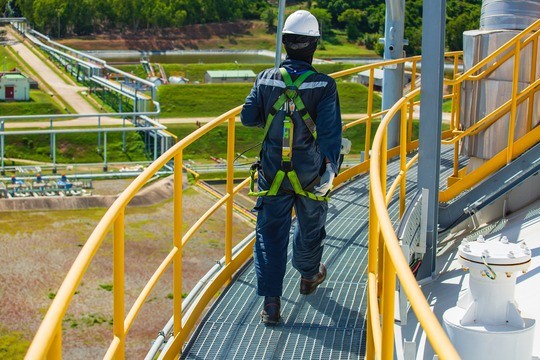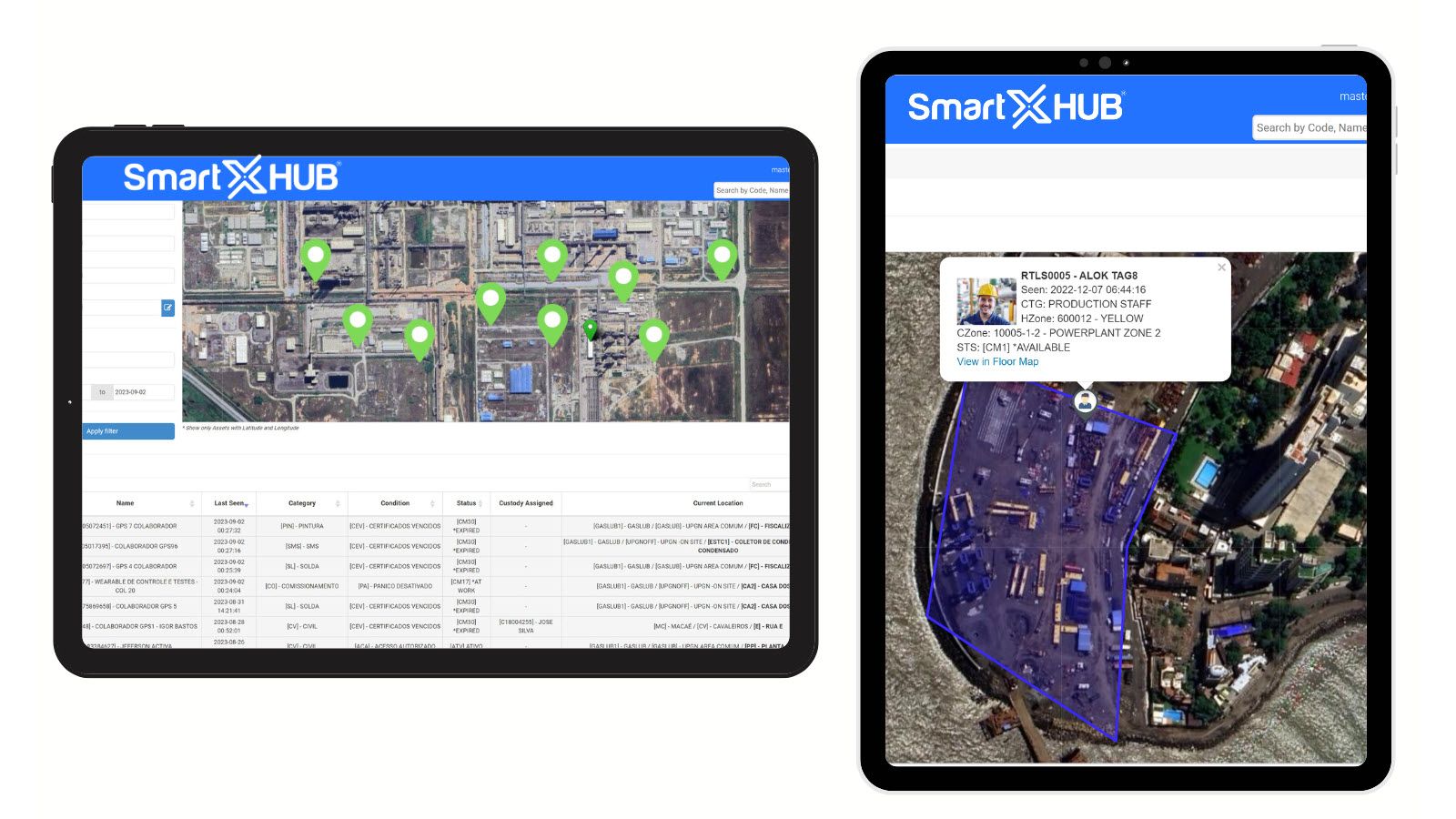Home healthcare practitioners, social workers, and care workers often find themselves working alone, particularly when conducting home visits for patients residing in remote locations. This solitary work exposes them to unpredictable situations, challenging working conditions, and potential exposure to infections. However, it's crucial to recognize that the risk of danger and unexpected crises can extend to various occupations where workers operate independently. Here are some top risk factors for lone workers:
Unpredictable Environments:
Lone workers, especially those conducting home visits, may encounter unpredictable and unfamiliar environments, increasing the risk of unforeseen hazards.
Patient or Client Behavior:
Workers in healthcare and social services may face challenging interactions with patients or clients, including aggressive behavior, which can pose a risk to their safety.
Remote Locations:
Workers in remote locations may experience longer response times in case of emergencies, and access to immediate assistance can be limited.
Medical Emergencies:
Healthcare practitioners working alone may need to handle medical emergencies without immediate support, increasing the level of responsibility and risk.
Travel Risks:
Workers required to travel to different locations, especially in challenging weather conditions, may face increased risks during commuting.
Infection Exposure:
Healthcare workers may be at risk of exposure to infectious diseases, especially when providing care to patients with contagious illnesses.
Violence or Aggression:
Workers may encounter situations where they are at risk of violence or aggression, particularly in occupations that involve social work or dealing with individuals in crisis.
Limited Communication:
Workers may experience challenges in communication, especially in areas with poor cell reception, which can hinder their ability to seek help quickly.
Working Alone Policies:
Absence of clear policies or guidelines for working alone can leave workers without proper guidance on handling potential risks.
It's essential for employers to implement safety measures tailored to the unique risks faced by lone workers. This may include providing training on safety protocols, ensuring access to communication tools, and regularly assessing and addressing potential hazards in the work environment. Additionally, fostering a culture of open communication allows workers to report concerns promptly and contributes to their overall well-being and safety.







